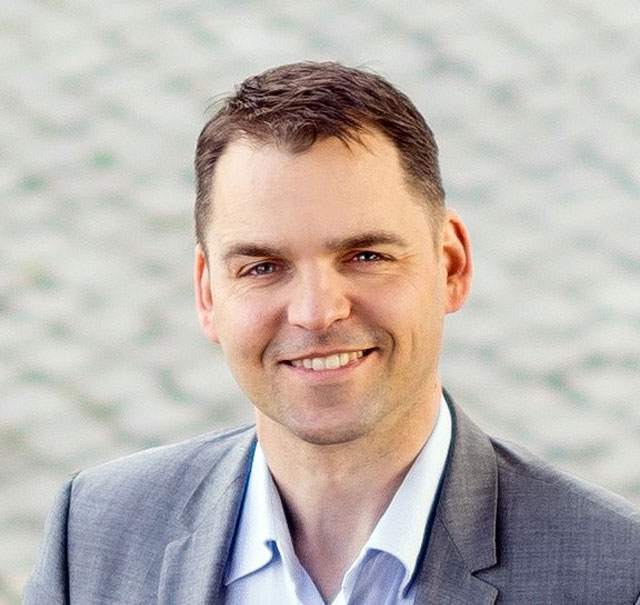Global Semiconductor Shortage
The Silicon Saxony Association Networks Know-How in the Field of Microelectronics
Saxony as the Largest Semiconductor Site in Europe
Every third chip manufactured in Europe comes from the Silicon Saxony region. With the opening of the new Bosch plant, it could soon be every second chip. In Europe, Saxony is the largest location for microelectronics, with manufacturers such as Bosch, Infineon and Globalfoundries producing semiconductors in the region. Approximately 2,500 companies are located in the cluster around Dresden. Nowhere else in Europe is there such a high density of companies producing semiconductors.
Silicon Saxony is also home to an association of the same name that networks the resident stakeholders. More than 360 companies, institutes, research facilities, universities, associations, and representatives of the public sector located in the fields of semiconductors, microelectronics, and software are part of the Silicon Saxony network.
Silicon Saxony – this is how the Chemnitz-Freiberg-Dresden area was first titled by the TIME Magazine in 1998. The history of Europe's largest semiconductor cluster can be traced back to the GDR era, when Dresden was designated a center of semiconductor development by state decree.


Every third chip manufactured in Europe comes from the Silicon Saxony region. With the opening of the new Bosch plant, it could soon be every second chip. Photo: Bosch
Europe Aims for a 20 Percent Market Share by 2030
The centers of the semiconductor industry can now only be found in a few regions. On the other hand, the semiconductor industry plays a crucial role for the industry as a whole. Accordingly, these manufacturers are subsidized by the state in countries such as the USA, Taiwan or South Korea. In South Korea, subsidies of up to 510 trillion won, the equivalent of about 370 billion euros, are planned for the semiconductor industry.
Compared to the top three technology centers, only between five and seven percent of the semiconductors produced worldwide are manufactured in Europe. By 2030, this figure is expected to rise to twenty percent. The so-called IPCEI (Important Project of Common European Interest on Microelectronics) strives to accelerate the promotion of the expansion of the industrial base for microelectronics throughout Europe.
However, the funding levels provided in Europe do not match those of locations such as South Korea or China. The strategic value and benefits of more self-sufficient semiconductor production have been recognized globally, despite regional differences in the pace of implementation.





